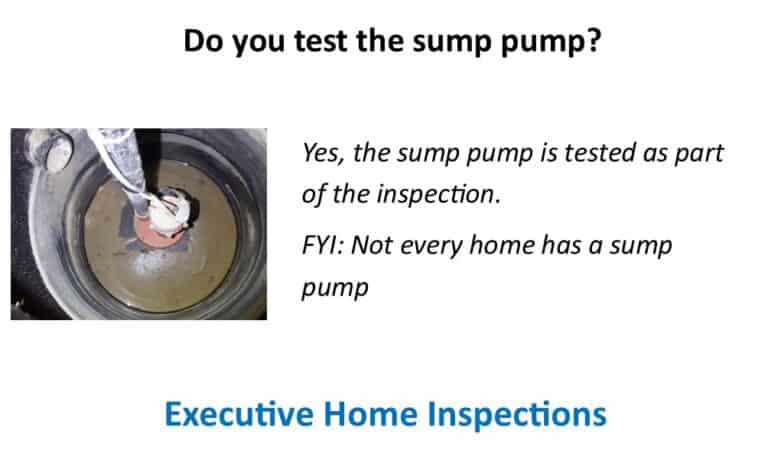
Garden Hose Tips
Garden hose Tips: To keep your garden hose in top condition and help conserve water, there are some key steps to follow.
First, check the garden hose for any signs of leakage. Inspect the length of the garden hose regularly for cracks or holes that could be causing it to lose water. You can use a leak detector nozzle or a pressure tester to determine if your garden hose is leaking. If you find any damage, repair or replace it immediately. You can get a new garden hose or garden hose parts as needed.
It’s also important to store your garden hose properly when not in use. Hang it on a hook or reel in an area where the temperature won’t drop below freezing. You also don’t want it exposed to direct sunlight. Excessive heat or cold can cause garden hoses to crack and become brittle. So it’s important to keep your garden hose stored in a cool, dry place when not in use.
Finally, avoid kinking the garden hose whenever possible as this can damage the inner lining of the garden hose and reduce its water flow. Keep your garden hose neatly coiled up on a storage reel when not in use and make sure you are careful when uncoiling it for use.
By taking these garden hose tips into account, you can help ensure that your garden is properly watered while also conserving water. A well-maintained garden hose will last for years if taken care of correctly and will help you save money in the long run. So, keep these garden hose tips in mind and enjoy a well-watered garden!
Add a timer
Another great garden hose tip is to use a garden hose timer. This will help ensure that your garden only receives the amount of water it needs. And helps conserve water and prevent over watering. Garden hoses timers can be set up to automatically turn on and off at certain times or for specific amounts of time. They are easy to install and operate and can be found at most home improvement stores. Investing in one of these timers is a great way to maximize yard maintenance efficiency and conserve water at the same time!
Learn More
Click here to learn more about the entire home inspection process.





